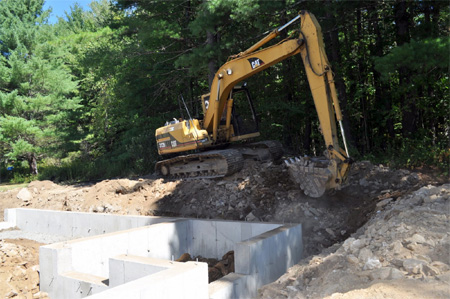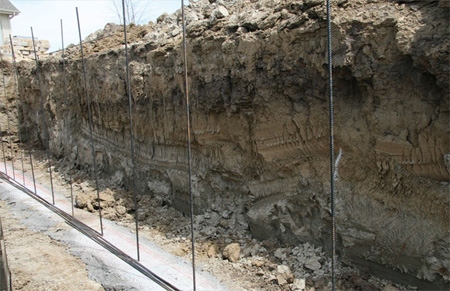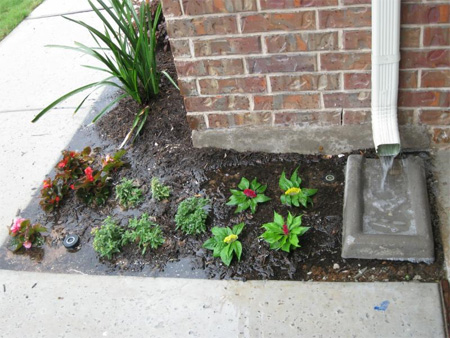Foundation settlement in a home
When buying a new home, having a home built, or moving into a home that is only a couple of years old, foundation settlement is a common problem and one that can worry homeowners.
Under every house is a foundation that is designed to support the weight of the construction. Foundation settlement occurs when the underlying soil shifts or compacts as a result of construction on previously disturbed soil, on backfills, changes in soil conditions, and moisture. While this movement doesn’t typically have a significant effect on the structuring of a house, it may lead to structural problems when a built house starts to settle. There may be signs of cracks developing in the foundation, ceilings, or walls of the house – typically small, hairline-sized cracks, which are a result of minor settlement, expansion and contraction, or possibly even movement in a season or cycle.
Apart from natural conditions, the causes of foundation movement and settlement can be attributed to improper construction and deficiencies in design such as building on soil with lots of voids or constructing on soil that’s not compacted properly can cause movement in the foundation.
Sometimes, excess rain or flooding in the surrounding area, and other natural phenomena can cause settlement of soil over a large area – this is called subsidence according to this Melbourne reblocking company.
Major settlement, however, is a result of significant or even severe foundation movement, which causes problems with a homeowner’s windows, doors, plumbing lines, or mechanical equipment.
Expansive clay soils in particular present major concerns with foundation movement. That’s because it can shrink and swell depending on the season and on levels of moisture in the soil. With this cyclical movement comes potentially greater risk of damage, as it can affect the foundations and other parts of the home.
Home construction companies are required by law to undertake testing before building commences to determine the amount of clay in the soil, but if in any doubt that this was not performed and you are experiencing major structural defects, call in a structural engineer, home inspection service or qualified specialist.
It’s important to ensure that the moisture levels of the soil around the house are relatively balanced. Things that can lead to the drying of the soil include irregular and uneven lawn watering and changes in the level of subsurface water, both of which can lead to the occurrence of settlement. If the soil becomes too moist and, therefore, swells, something as dramatic as foundation upheaval may occur.
Some reasons for excessive water around foundations:
- Lack of gutters and downspouts that divert water runoff from the roof
- Sloping ground that allows surface water to collect
- Underground water flow
Steps be taken to minimize or prevent water penetration:
- Set up gutters and downspouts, particularly in cases where the runoff from the roof doesn’t drain freely away from the foundation. Pipes may be needed to direct water to the curb or to a storm sewer.
- Inspect the overall foundation grading and determine if it’s sloping away from the house. It may be necessary to add provisions for grass, drains, or swales on sloping areas. Raise the foundation grading if it’s too flat or if it slopes toward the house.



